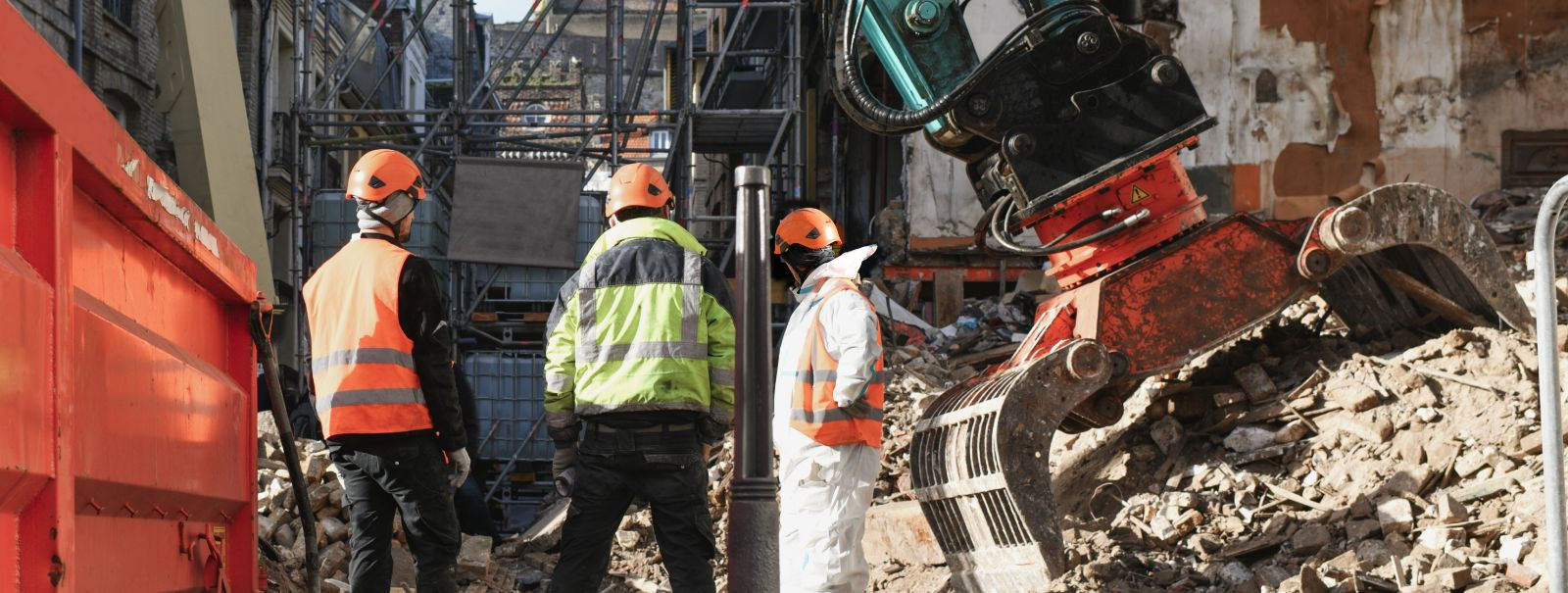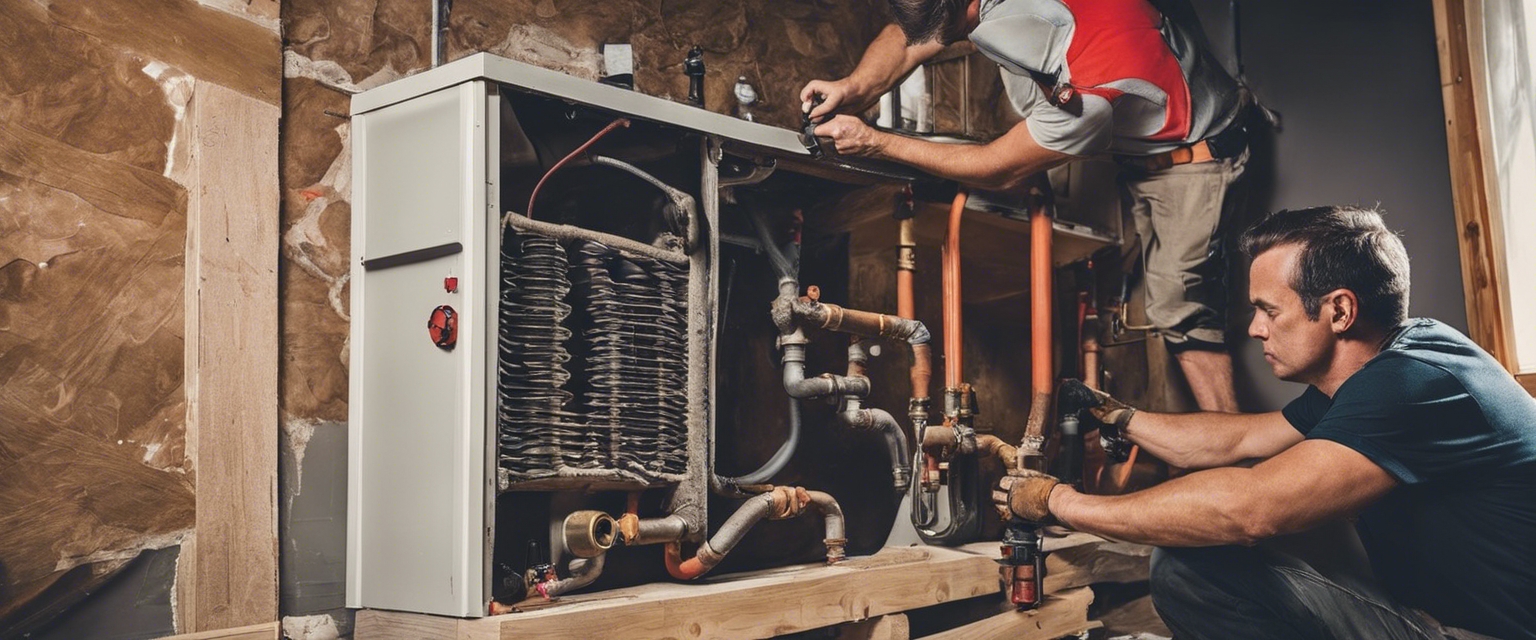Demolition safety: best practices for a secure site
Demolition work is a critical component in the construction industry, paving the way for new structures and developments. However, it is also one of the most hazardous activities, requiring stringent safety measures to protect workers and the public. In this post, we'll explore the best practices for ensuring a secure demolition site.
Understanding the Risks of Demolition Work
Demolition involves dealing with unstable structures that can collapse unexpectedly. Identifying and mitigating these risks is essential for worker safety.
Demolition sites can release harmful substances into the environment, such as asbestos and lead. Proper handling and disposal of these materials are crucial to prevent health risks.
Heavy machinery used in demolition can pose significant risks if not operated correctly. Ensuring machinery is well-maintained and operators are trained is vital for a safe demolition process.
Pre-Demolition Planning
Before any demolition activity begins, a thorough site assessment must be conducted to identify potential hazards and plan for their mitigation.
A detailed demolition plan outlines the sequence of work, the methods to be used, and the safety measures to be implemented.
Compliance with local, state, and federal regulations is mandatory. Obtaining the necessary permits ensures that the demolition is carried out legally and safely.
Implementing Safety Measures
Providing workers with the appropriate PPE, such as hard hats, safety glasses, and respirators, is a non-negotiable aspect of demolition safety.
Securing the demolition site with fencing and signage helps prevent unauthorized access and alerts the public to potential dangers.
Regular inspections and maintenance of demolition equipment ensure that machinery is safe to use and reduces the risk of accidents.
Training and Communication
Comprehensive training programs are essential to equip workers with the knowledge and skills required for safe demolition practices.
Clear communication among all parties involved in the demolition process is key to preventing accidents and ensuring that safety protocols are followed.
Emergency Preparedness
An emergency response plan should be in place to address potential accidents or disasters, outlining the procedures for evacuation, rescue, and medical assistance.
Having first aid supplies and medical facilities readily available on-site can make a significant difference in the event of an injury.
Monitoring and Reviewing Safety Practices
Regular site inspections by qualified personnel help identify and rectify potential safety issues before they lead to accidents.
Recording and analyzing any incidents or near-misses can provide valuable insights into improving safety measures and preventing future occurrences.






Comments (0)